In today’s fast-paced digital landscape, enterprise brands face mounting challenges that demand smarter, more agile solutions.
From managing complex supply chains to meeting ever-evolving customer expectations, staying ahead requires a platform that can adapt and grow with your business.
Are you also juggling complex supply chains, large-scale operations, and the need to innovate rapidly—all while staying profitable and competitive?
Well, legacy ecommerce platforms often can’t keep up—limiting innovation and scalability.
The rise of new business models like multi-channel selling, hyperlocal delivery, and quick commerce is further pushing brands to rethink their ecommerce strategies or even consider ecommerce replatforming.
Wonder, what are the biggest hurdles driving brands to make the switch—and how can you prepare for a smarter, faster ecommerce future?
Table of Contents
Ecommerce Platform Migration - What And Why
Ecommerce platform migration involves transferring an online store from one platform to another, often driven by the need for enhanced performance, scalability, and modern features. This transition encompasses moving product catalogs, customer data, and other critical components, while securing the SEO juice. However, a comprehensive migration strategy is essential to mitigate risks and ensure a smooth transition.
Before we start exploring the enterprise challenges, here are a few ecommerce buying trends to look at:
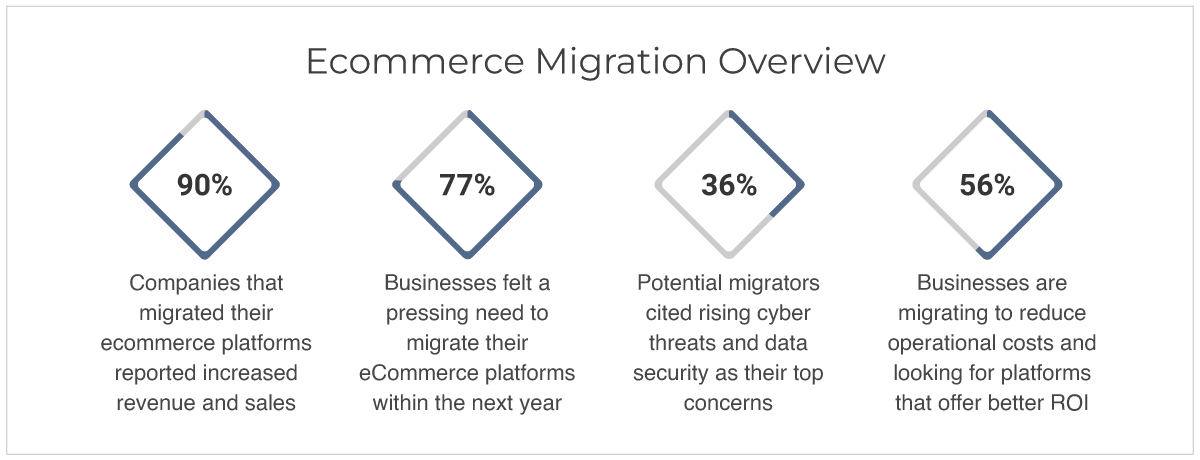
- 90% of companies that migrated their ecommerce platforms reported increased revenue and sales.
- 77% of businesses felt a pressing need to migrate their eCommerce platforms within the next year
- 36% of potential migrators cited rising cyber threats and data security as their top concerns
- 56% of businesses are migrating to reduce operational costs and looking for platforms that offer better ROI
Source: Commerce Tools, Statista
Ecommerce migration is no longer just a technical upgrade—it’s a strategic move to stay competitive in an evolving digital marketplace. With businesses facing increasing pressure to deliver seamless customer experiences while managing operational efficiency, migrating to a robust platform is becoming a crucial step toward mitigating modern ecommerce challenges.
7 Modern Enterprise Challenges Driving Brands to Migrate to StoreHippo
In today’s fast-paced digital landscape, enterprise brands face enormous pressure to deliver seamless customer experiences while managing complex operations. With rising customer expectations and rapid technological advancements, traditional ecommerce platforms often struggle to keep up. This has led many brands to seek advanced, scalable solutions and plan ecommerce platform migration to tackle these modern challenges head-on.
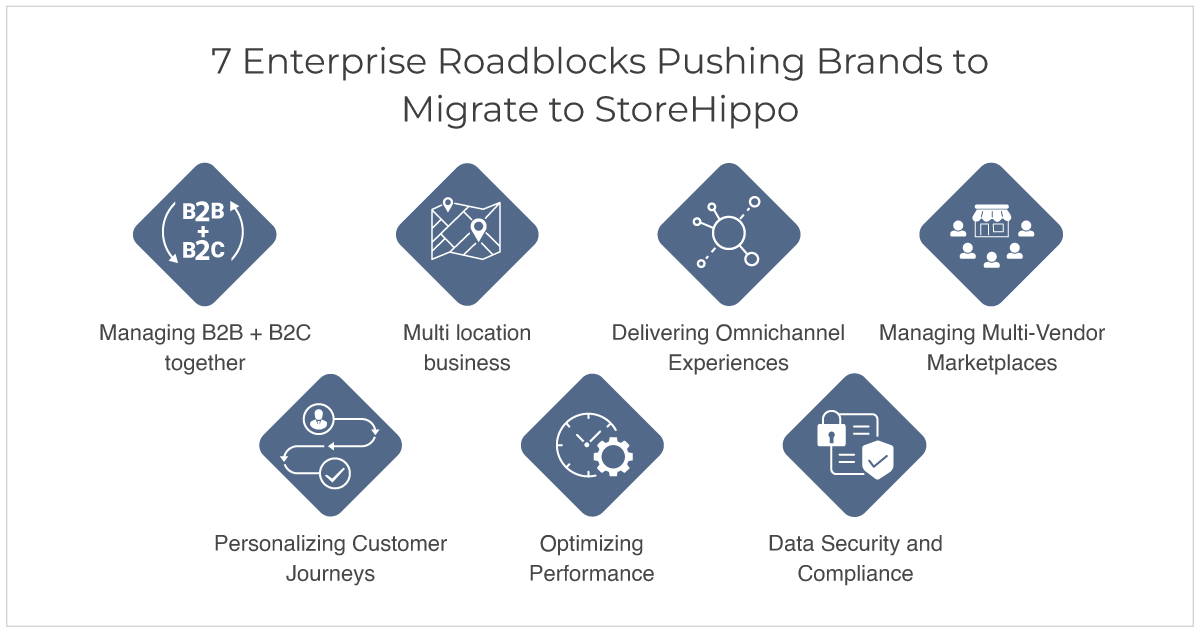
Let’s dive into the key challenges that are reshaping enterprise ecommerce:
1. Managing Complex B2B and D2C Models Simultaneously
The Challenge:
Enterprises today often operate in both B2B and D2C business models, each requiring unique customer experiences, and operational workflows. Managing complex hybrid business models on a traditional ecommerce platform can lead to inefficiencies in business operations. B2B transactions typically involve bulk orders, negotiated pricing, and custom workflows, while D2C focuses on personalized experiences, faster delivery, and seamless navigation. Without a flexible platform that offers tailored customer experiences, enterprises struggle to maintain consistency across both business models, driving the need for ecommerce platform migration to better solutions that can handle hybrid models without causing disruptions.
How StoreHippo Mitigates It:
StoreHippo helps you build a range of marketplaces in no time. You can build horizontal, vertical, B2B, B2C, D2C, B2B2C, hybrid or custom marketplaces with StoreHippo’s advanced ecommerce solutions. StoreHippo comes with inbuilt support for diverse business models unlike other marketplace builders that offer apps, plug-ins or complex extension-based solutions. When you migrate to StoreHippo, you can easily pivot to new business models or combine two or more models to create a hybrid business model for your brand. With the plug-and-play solutions from StoreHippo, you do not require any additional apps or extensions to build hybrid solutions for your unique business needs. Building innovative custom marketplaces is also easy with the headless architecture of the fully hosted and managed enterprise ecommerce platform StoreHippo.
2. Scaling Business Across Multiple Locations
The Challenge:
Expanding across multiple locations is a major milestone for enterprise brands, but it comes with logistical and operational complexities. Managing region-specific storefronts, local currencies, taxes, and shipping rules can be challenging for traditional ecommerce platforms, and here’s where ecommerce replatforming comes into picture. As you scale your business globally, you must deliver hyperlocal customer experiences while maintaining centralised control over inventory and operations. Without a platform that supports location-based adaptability, helps in offering localized content, managing diverse tax structures, and handling region-specific delivery options, your business growth slows down substantially.
How StoreHippo Mitigates It:
StoreHippo’s multi-store solutions help you build and manage multiple location-based storefronts from a central admin dashboard. With StoreHippo, you can quickly roll out multiple stores for different locations, create unique URLs for each location, create different inventory, offer unique deals etc, making it easier for customers to navigate and shop from their respective locations. You can easily manage your sub-store network from a central admin. You can also create different mobile apps for each of the sub-stores right from your admin panel, without additional coding or cost. Ecommerce migration to StoreHippo also means that you can create unique store designs for all your sub-stores.
3. Delivering Omnichannel Customer Experiences
The Challenge:
Modern consumers expect a consistent shopping journey across multiple touchpoints, whether online, mobile, or in-store. However, many legacy ecommerce platforms lack the agility to integrate mobile and other channels seamlessly. With mobile apps becoming the core of ecommerce, brands need platforms that help maintain omnichannel consistency for customer retention and satisfaction. Brands, therefore must embrace ecommerce platform migration to a flexible solution capable of delivering cohesive omnichannel experiences across all customer touchpoints.
How StoreHippo Mitigates It:
StoreHippo ecommerce solution is built on mobile first principle that comes with a built-in mobile apps builder. You can create multiple Android and iOS mobile apps right from your admin dashboard at zero additional costs with no need for coding. The marketplaces powered by StoreHippo are PWA stores that look, feel, and work like mobile apps even on entry-level devices with poor internet connectivity. StoreHippo also provides built-in apps for delivery boys, vendors and admins to help them manage the business on the go. As you migrate to StoreHippo, you can also create multiple touchpoints seamlessly using the same backend logic and APIs. From creating consistent user experiences to boosting conversions, StoreHippo helps brands mitigate the challenge of delivering omnichannel customer experiences.
4. Managing Multi-Vendor Marketplaces
The Challenge:
Operating a multi-vendor marketplace involves managing multiple sellers, tracking commissions, ensuring smooth logistics, etc. Traditional ecommerce platforms often lack the flexibility to accommodate the complexities of multi-vendor marketplaces, resulting in inefficiencies and errors. As your marketplace grows, manual processes become unsustainable, affecting vendor onboarding, order fulfillment, and payment reconciliation. Ecommerce replatforming to a robust platform with advanced multi vendor solutions helps you maintain transparency, monitor vendor performance, and automate operational workflows.
How StoreHippo Mitigates It:
StoreHippo offers a comprehensive multi-vendor marketplace solution that offers end-to-end vendor onboarding and management features. With the easy-to-use intuitive vendor dashboard, your vendors can seamlessly register on the platform and start selling in just a few easy steps. While the admins have complete control over vendor activities, StoreHippo creates unique vendor dashboards to help them run and manage their business independently. Your vendors can upload products, track orders, and manage their inventory independently. Ecommerce platform migration to StoreHippo also helps you seamlessly manage the vendors, overview their business, approve or reject their products, etc, right from your admin dashboard. StoreHippo also offers an adaptive payment feature that helps you divide a single payment made by a customer into multiple sellers as well as admin.
5. Personalizing Customer Journeys
The Challenge:
Modern consumers expect personalized experiences tailored to their preferences and behavior. Traditional ecommerce platforms often lack advanced personalization capabilities, limiting brands from delivering relevant product recommendations and targeted marketing. Without a data-driven approach to customer journeys, businesses miss opportunities to improve engagement and drive conversions. However, with ecommerce migration to modern ecommerce platforms with robust technology, offering a personalized buyer journey becomes easy. With the growing demand for customized experiences, it is indeed important for businesses to explore various platforms that support intelligent customer personalization.
How StoreHippo Mitigates It:
Built on MACH architecture, StoreHippo gives you better creative control and agility to implement multi level personalizations. With StoreHippo’s built-in features like drag-and-drop design tools, pricing overrides, discount engine, multilingual, multi-currency, etc. you can implement multi-level personalizations on your enterprise marketplace. The price override feature helps you offer personalized product prices based on customer segments and locations. When you migrate to StoreHippo, you can create personalized discounts and offers for your buyers with the built-in discount engine. You can send out personalized notifications to your buyers in real time with the PUSH notification feature and recover abandoned carts seamlessly with StoreHippo enterprise ecommerce platform.
6. Optimizing Performance at Scale
The Challenge:
As enterprise businesses scale, the demands on their ecommerce platforms grow exponentially. Handling high traffic volumes, large product catalogs, and complex transactions can overwhelm traditional systems, leading to slow page loads, downtime, and poor user experiences. Ecommerce replatforming helps mitigate this performance bottleneck which is even more critical during peak seasons, where even minor slowdowns can result in lost sales and dissatisfied customers. To meet these demands, businesses need to migrate to a solution that offers scalable infrastructure, ensuring consistent performance regardless of traffic spikes or business expansion.
How StoreHippo Mitigates It:
StoreHippo’s cloud-based platform empowers you to scale efficiently, ensuring that you can meet the future demand without disruption. You can also seamlessly handle traffic spikes and high-volume orders with the inherent scalability of StoreHippo scalable headless solution. When you migrate to StoreHippo, you can plan the growth of your enterprise brand without worrying whether the marketplace platform will be able to accommodate their growth or not. The elastic scalability of the cloud-native infrastructure along with the auto-provisioning of servers, ensures that enterprise brands need not worry about peak load tolerance or growing exponentially.
7. Ensuring Data Security and Compliance
The Challenge:
Traditional ecommerce platforms often fall short in offering advanced security measures, exposing businesses to data breaches and legal risks. Such data risks can lead to severe loss of customer trust. As data privacy regulations continue to evolve, enterprises must ensure their ecommerce infrastructure meets global compliance standards. This urgent need for enhanced security and regulatory adherence is driving enterprises toward ecommerce platform migration to more secure and compliant solutions.
How StoreHippo Mitigates It:
StoreHippo ecommerce solutions come with robust, enterprise-grade security features like data encryption and compliance updates. StoreHippo prioritizes these features to help you protect sensitive data, build customer trust, and stay compliant as regulations change. With free SSL, a PCI-DSS compliant platform, authentication, authorisation and one-way encryption, StoreHippo further enhances your business and data security. Overall, migrating to a secure platform with robust security features protects your brand’s reputation and gives you peace of mind. You can seamlessly stay compliant with global regulations and ensure robust security to protect customer data and transactions.
Conclusion
As enterprise brands evolve, so do their challenges. Rigid, outdated platforms can no longer keep up with the complexities of modern ecommerce. Right from managing hybrid business models to delivering hyper-personalized customer experiences, ecommerce migration is no longer just an option. A robust ecommerce platform is a necessity for businesses aiming to scale, optimize operations, and stay ahead of the competition.
With ecommerce platform migration to StoreHippo, you can gain access to powerful, future-ready ecommerce solutions designed to simplify operations, drive growth, and deliver seamless experiences. Whether you’re looking to expand globally, enhance security, or personalize your customer journey, StoreHippo offers the agility and innovation needed to thrive in today’s digital-first world.
Ready to embrace the future of ecommerce and migrate to StoreHippo? Explore 300+ enterprise-grade features by starting your 14-day free trial now.
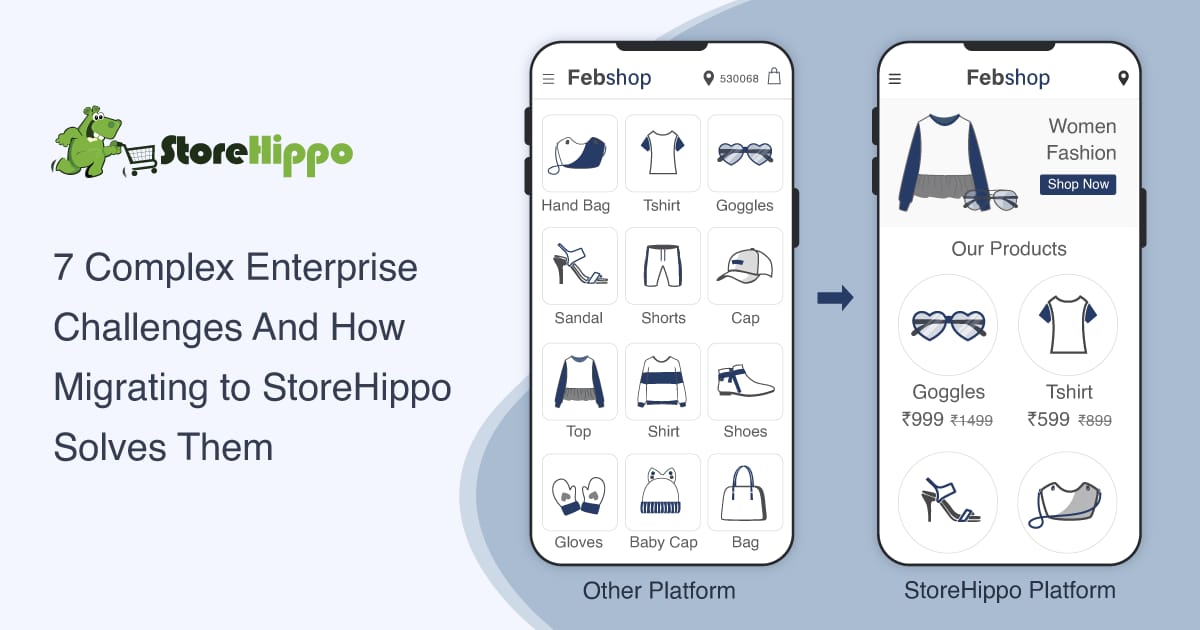

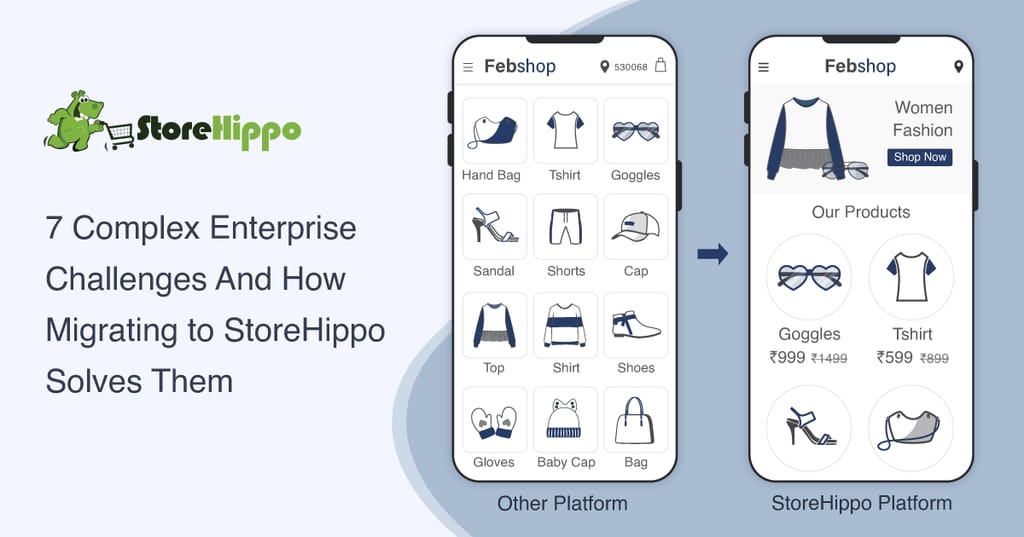













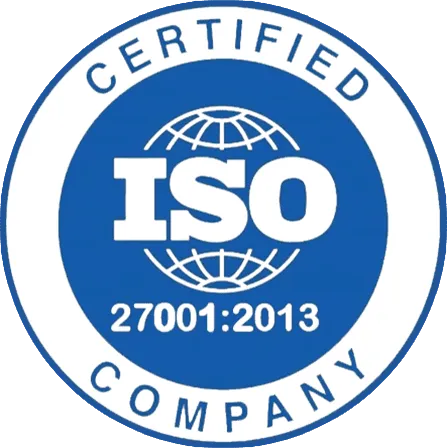


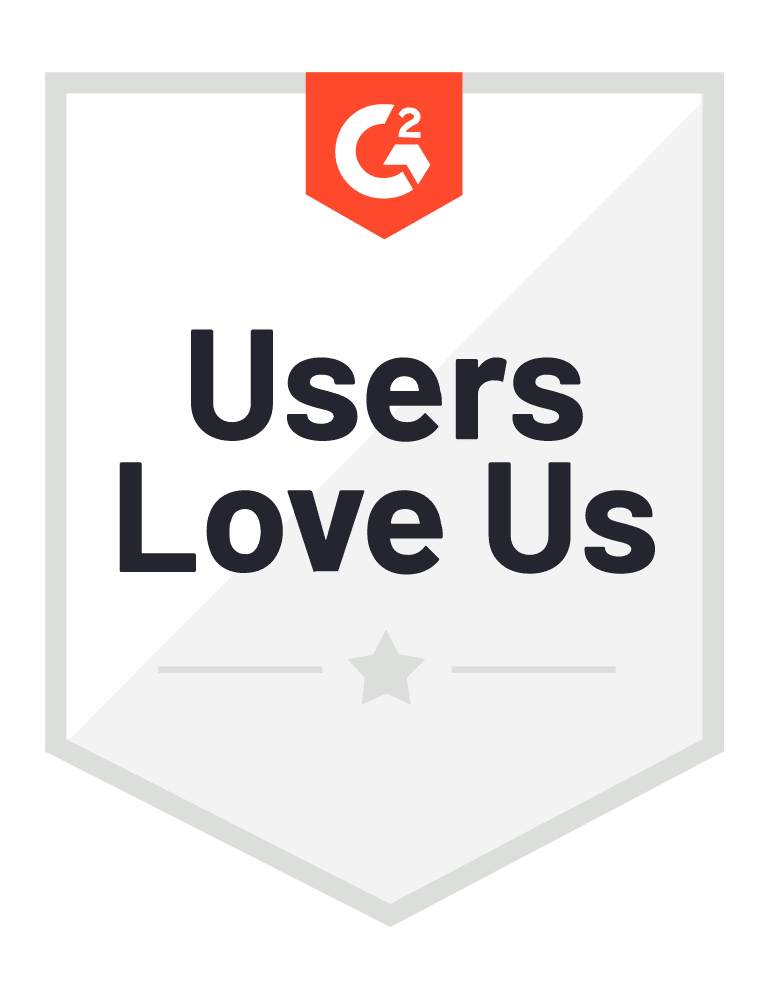

Leave A Comment